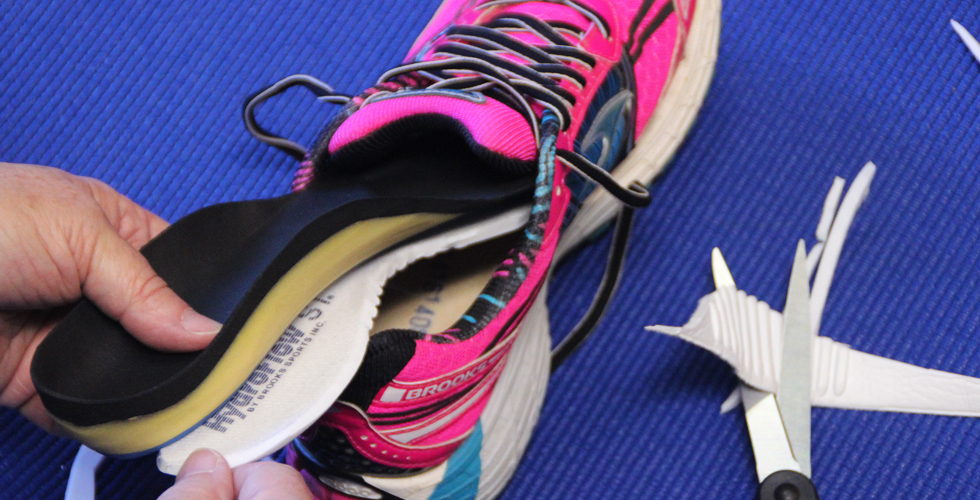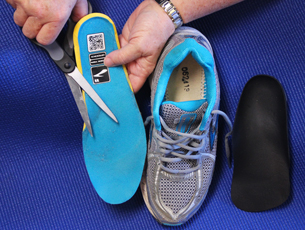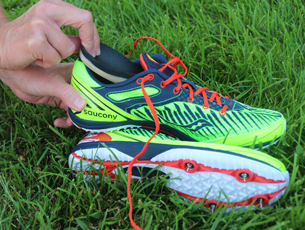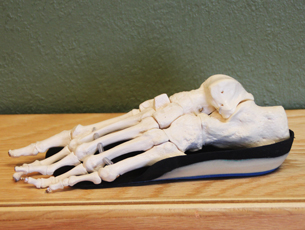Instructions for Use

Custom made orthotics are designed to work with your shoes. For best results, they should be worn with tie shoes with good heel counters and solid midsoles. The shoes should bend only across the ball of the foot, not through the middle.
Want more shoe tips?

The orthotic should be placed snugly against the back of the heel of the shoe. If there is a removable liner, it should be taken out. It is possible to leave the liner in underneath the orthotic if any “lip” or raised area is trimmed off the liner, leaving a flat surface on which to lay the orthotic.
The orthotics are built to change the person’s biomechanics and make the feet function more efficiently. They may feel strange at first. There may be a tipping or pressure that is new to the wearer. The break-in period differs for all. Some people are able to wear them all day right away and others may need to break them in more slowly by increasing the wearing time 1-2 hours per day.
We strongly discourage athletes from immediately wearing orthotics in a race or game or on a long run until they have “broken in” the orthotics for several days. If blisters develop, the socks may be turned inside out. Acrylic socks are best since cotton tends to absorb moisture and acrylic wicks it away from the skin.
Orthotics may be worn in specialized sports shoes as well. It is sometimes advisable to order a second pair for sports shoes.
If the orthotics are not comfortable after a two week break-in period, adjustments may be needed. Orthotics may be returned by mail with notes regarding the problem or it may be advisable to schedule an appointment. It is important to note when and where the pain is present and in what type of shoe. The orthotics can be marked in the problem areas. They may simply need to be altered to fit into the shoes correctly.


Dr. Coffin’s goal is to make each person comfortable in orthotics. Those who have been experiencing the pain of an injury or poorly functioning feet may take some time to achieve this. The orthotics may be changing years of foot, muscle and tendon dysfunction. With improved biomechanics, the entire lower extremity will function more efficiently. In some people, improvements will take a longer period of time.
